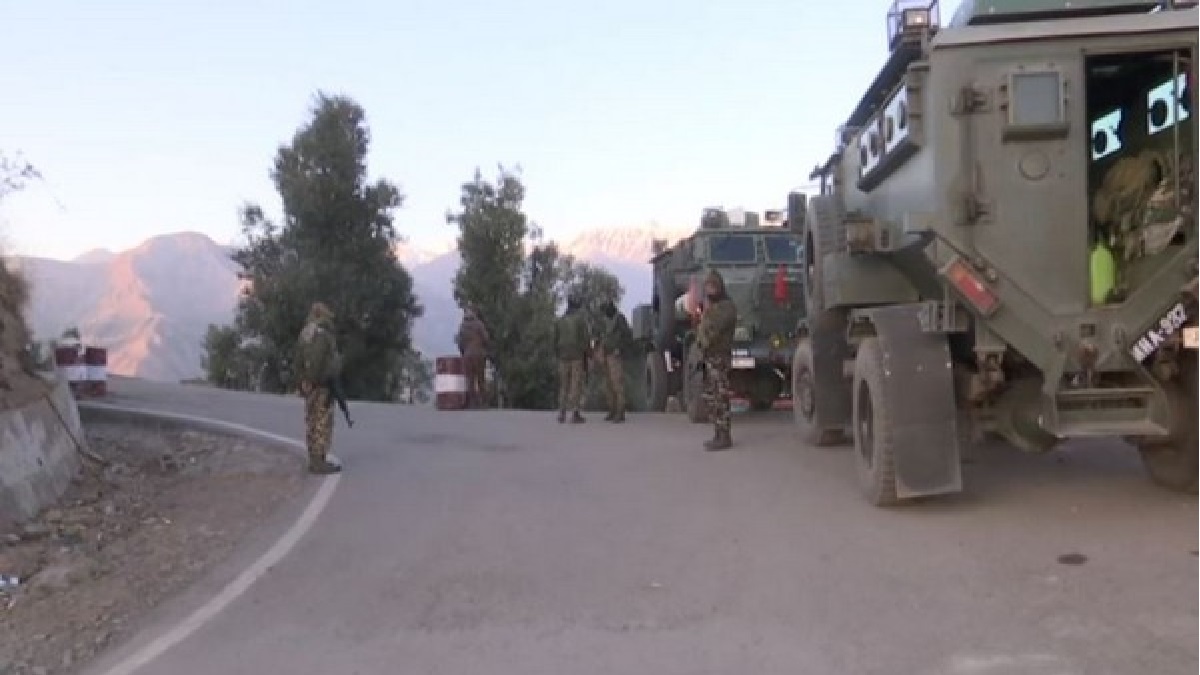 |
|
A mysterious illness has claimed the lives of 17 people in Badhaal village, Rajouri district, Jammu and Kashmir, prompting a large-scale public health response. The deaths, occurring over the past month and a half, have primarily affected three families, with 13 of the victims being children. This has understandably caused widespread fear and concern amongst the residents. The alarming nature of the situation has led authorities to declare Badhaal village a containment zone, imposing restrictions on public and private gatherings to prevent further spread. Over 230 individuals, potentially exposed to the illness, have been moved to a quarantine center established at a nursing college and GMC hospital. This drastic measure highlights the severity of the situation and the government's determination to contain the outbreak.
In response to the unfolding crisis, the authorities have taken swift action. All leaves for doctors and paramedics in the region have been cancelled, and winter vacations have been postponed. This underscores the urgent need for medical personnel to remain on high alert and address the situation effectively. Ten additional medical students have been deployed to GMC Rajouri to bolster the existing medical team and provide necessary support. The government's proactive response demonstrates the seriousness with which they are treating this public health emergency, and their commitment to providing adequate medical care to those affected.
Initial investigations, conducted by a toxicology laboratory in Lucknow, suggest that the cause of the illness is not an infection, virus, or bacteria, but rather a toxin. This finding significantly shifts the focus of the investigation towards identifying the specific toxin responsible and determining its source. The Union Minister, Dr. Jitendra Singh, confirmed this information and emphasized that the nature of the toxin is currently under investigation. A wide range of toxins are being tested to pinpoint the culprit. The investigation is also exploring the possibility of foul play or malicious intent, leaving no stone unturned in the search for answers.
The case of Ejaaz, who was airlifted to PGI Chandigarh, provides a crucial element in the ongoing investigation. While his condition is reportedly stable, his case serves as a critical point of study for researchers and doctors striving to understand the nature of the illness. Further investigations, including test results from Ejaaz's case and the three new patients airlifted by the Indian Air Force, are eagerly awaited. These results will be pivotal in confirming the initial findings and guiding the subsequent treatment strategies. The focus remains on identifying the toxin responsible, determining its origin, and developing effective countermeasures to prevent further casualties.
The situation in Rajouri highlights the challenges posed by unidentified illnesses and the importance of swift and comprehensive responses from public health authorities. The containment strategy, the mobilization of medical resources, and the ongoing investigation all demonstrate a commitment to addressing this crisis effectively. The community's cooperation in adhering to the restrictions imposed is crucial in containing the spread and preventing further tragedies. The ongoing investigation, coupled with the efforts to provide medical care and support to the affected community, offers hope that a resolution will be found soon and the mystery surrounding this illness will be unraveled.
